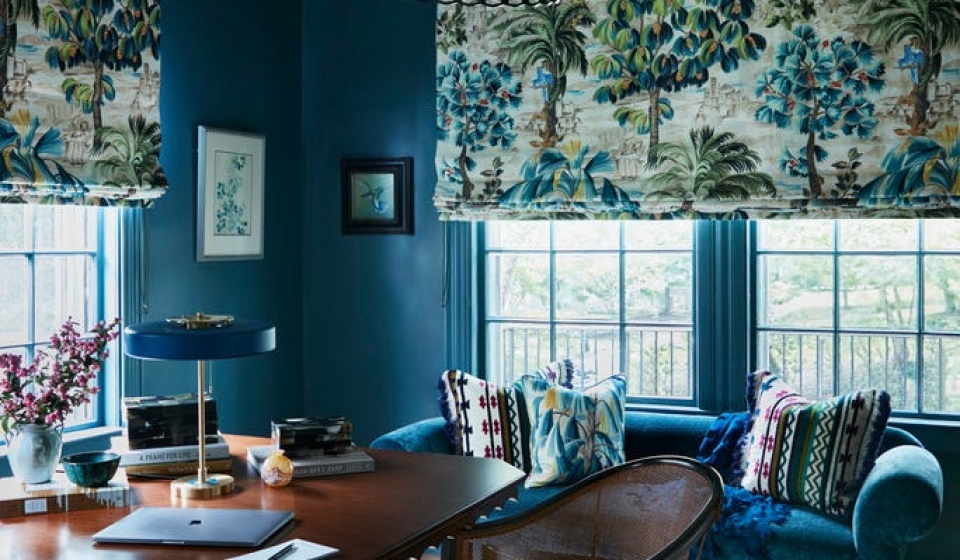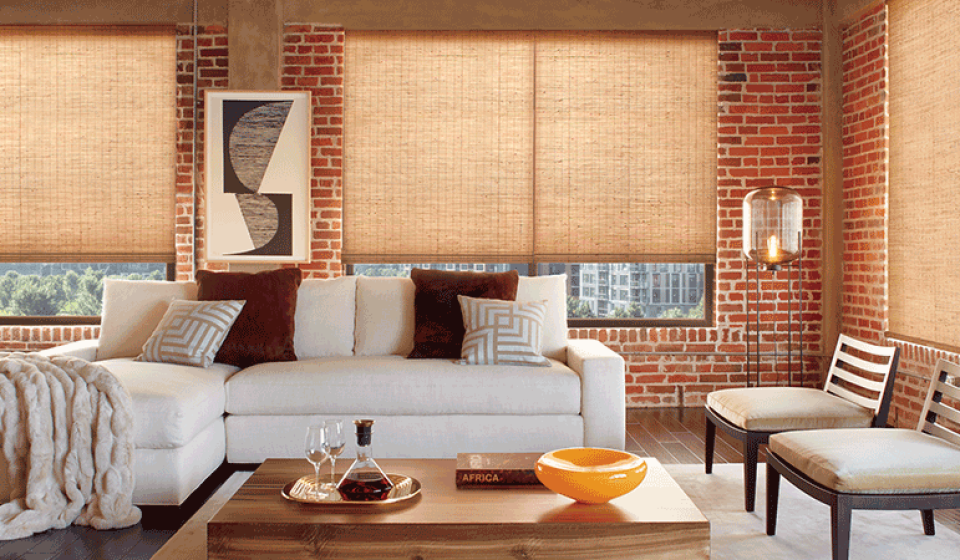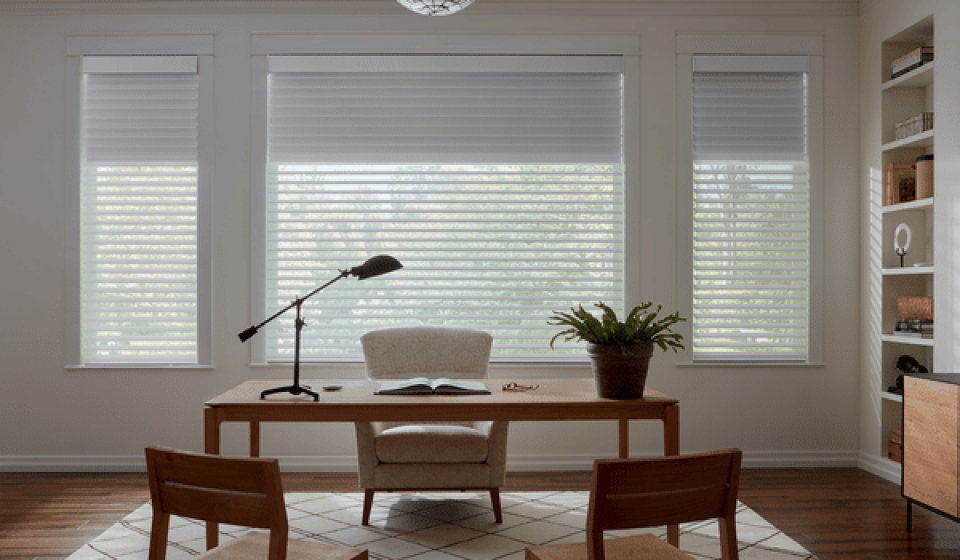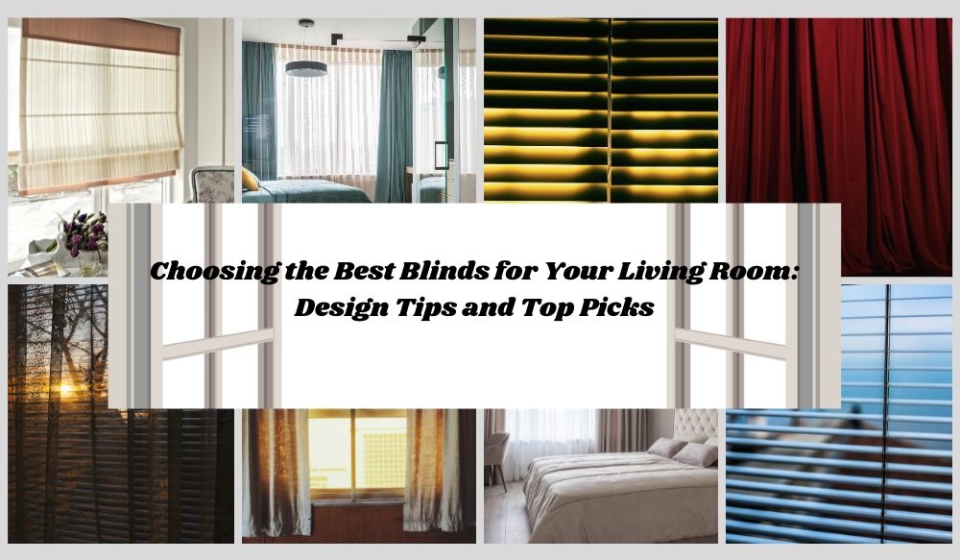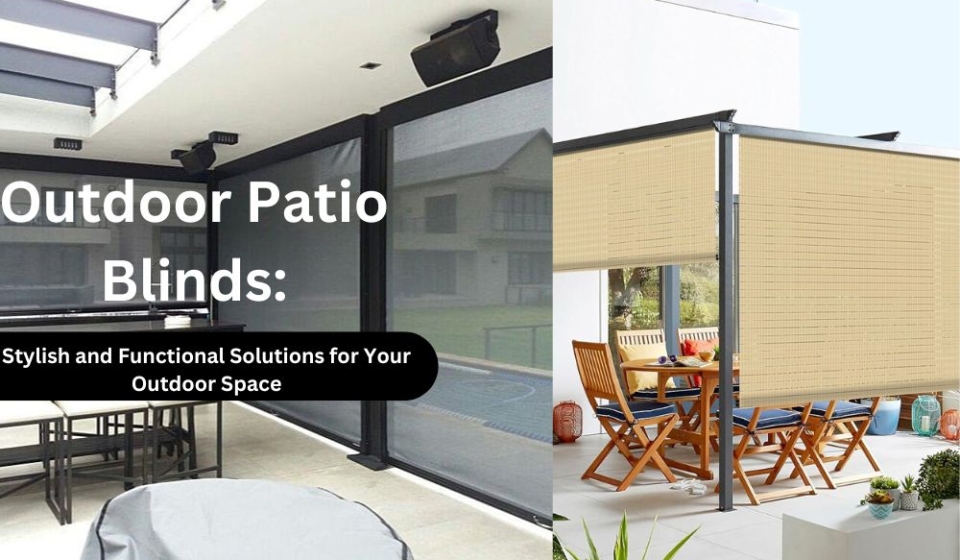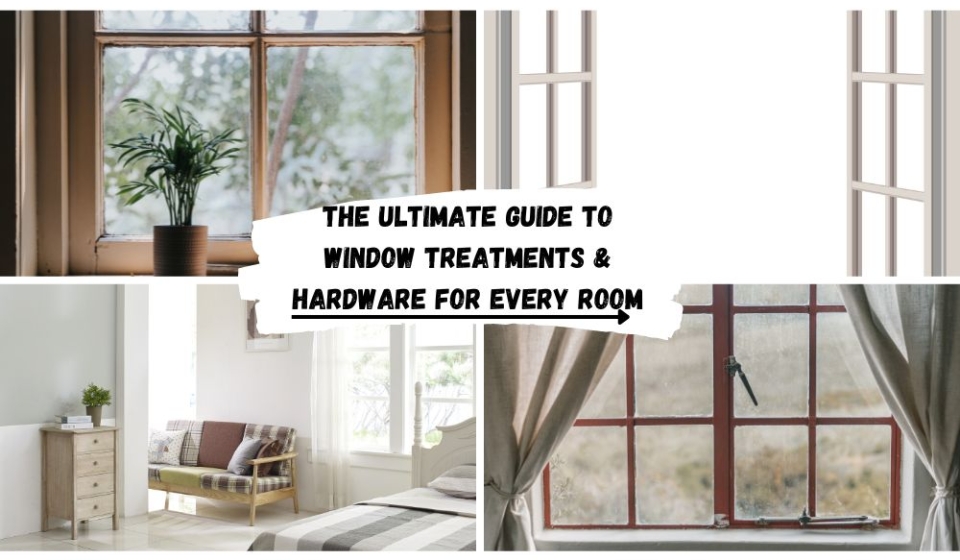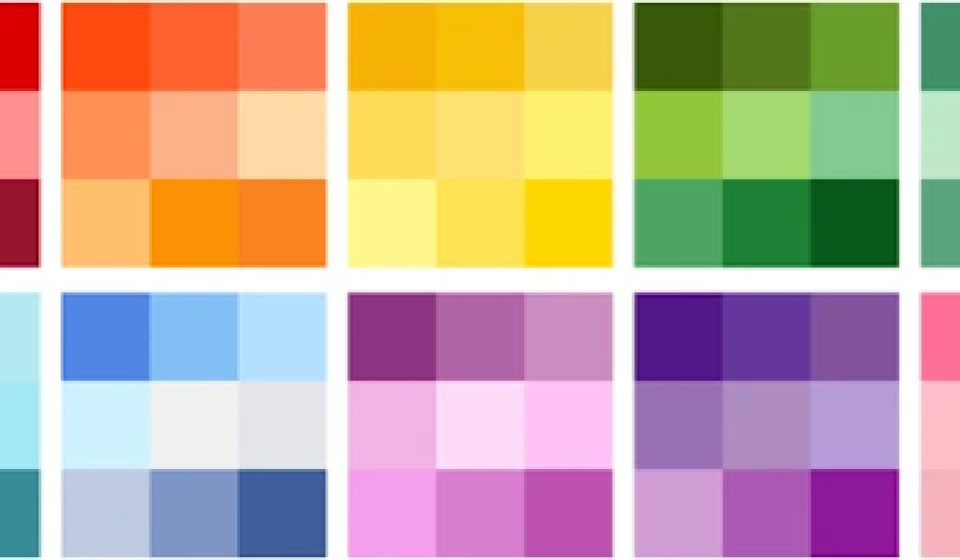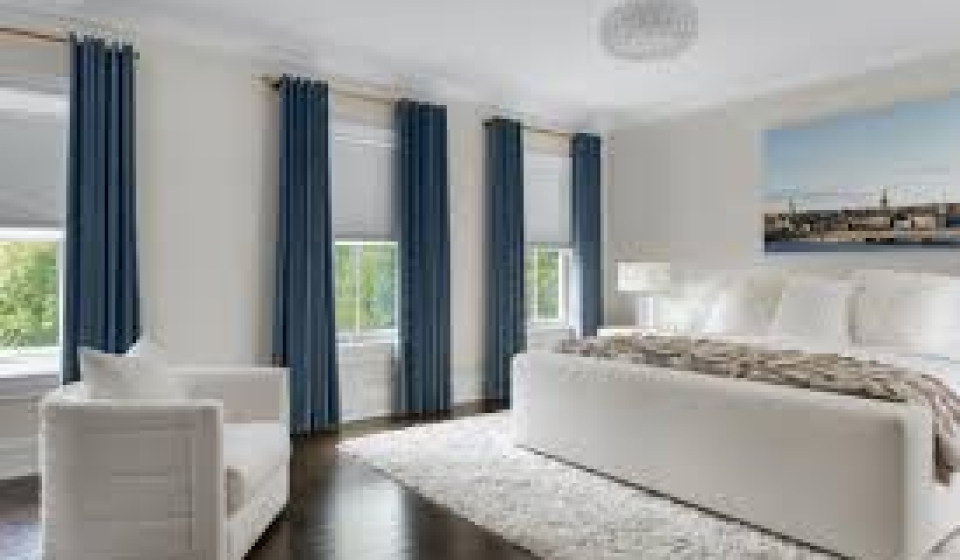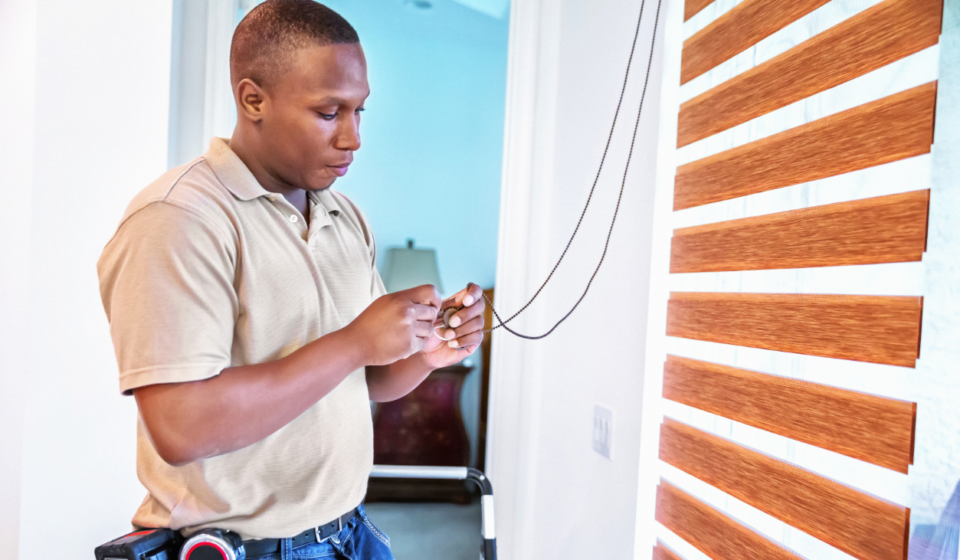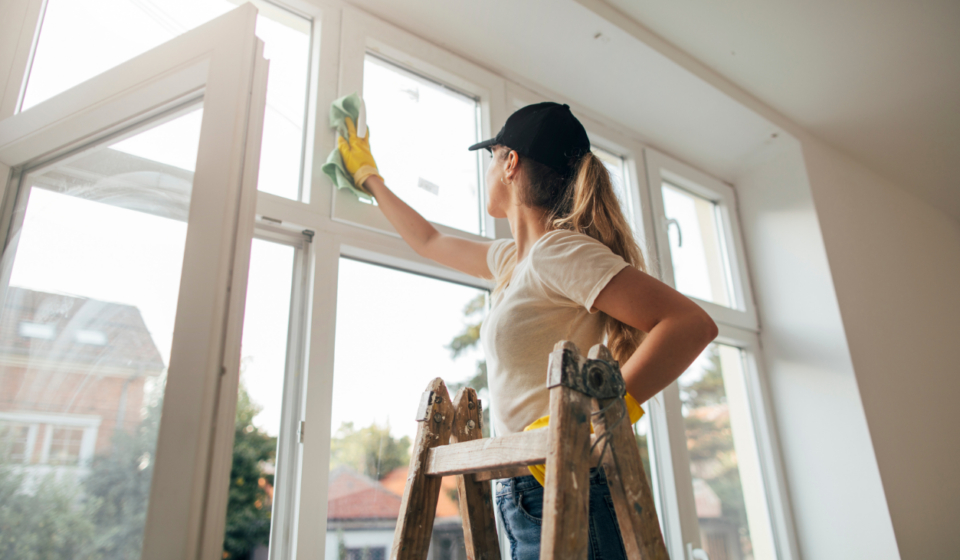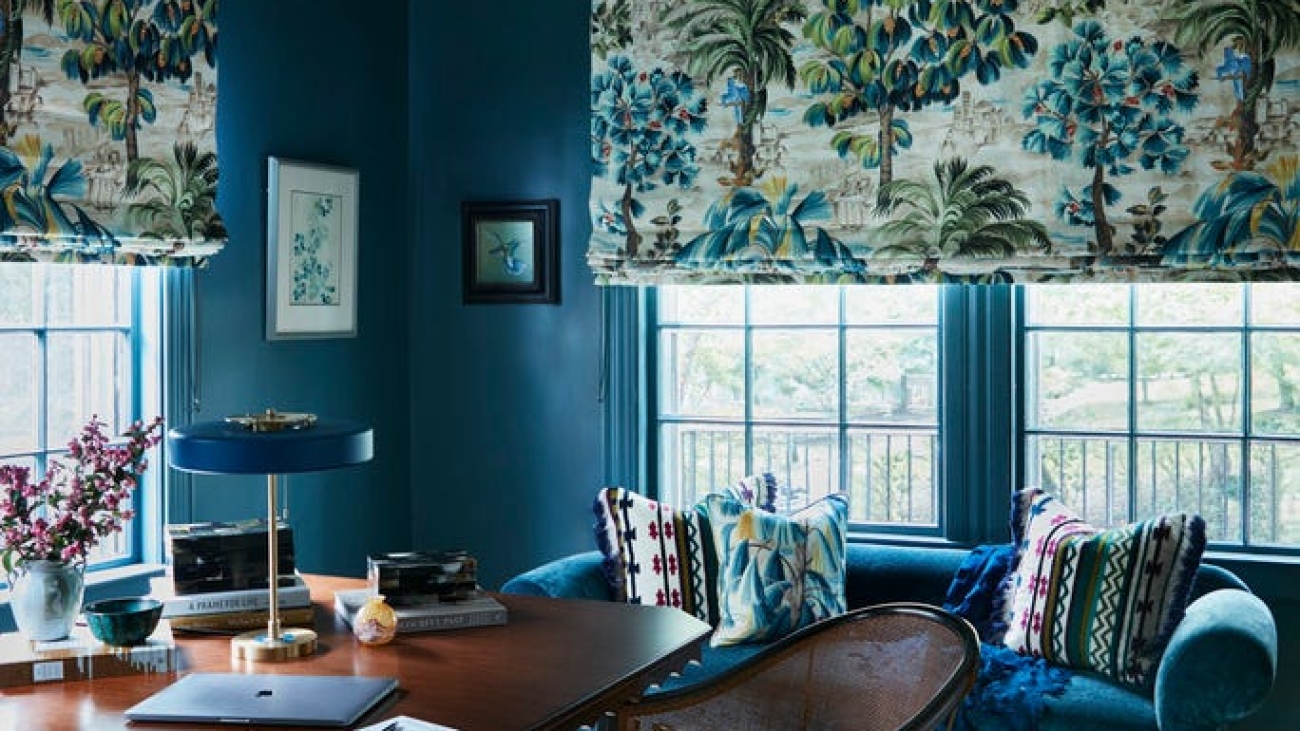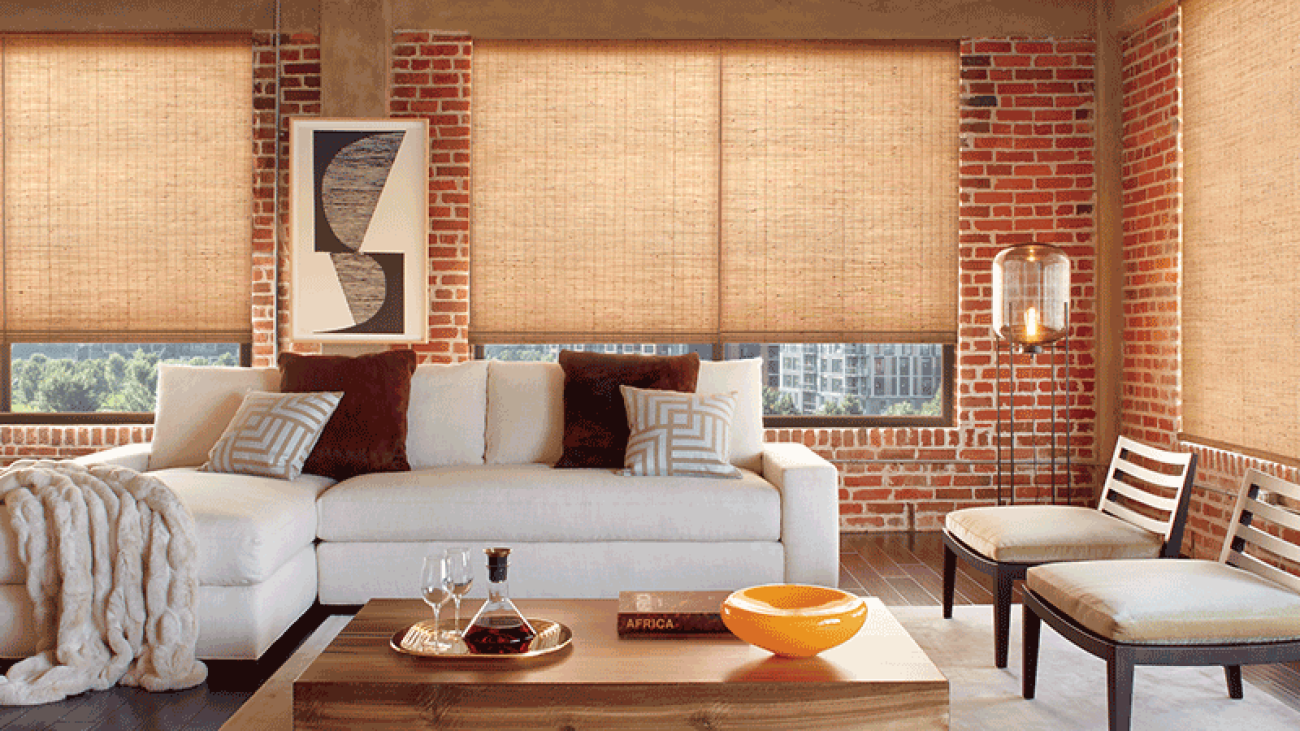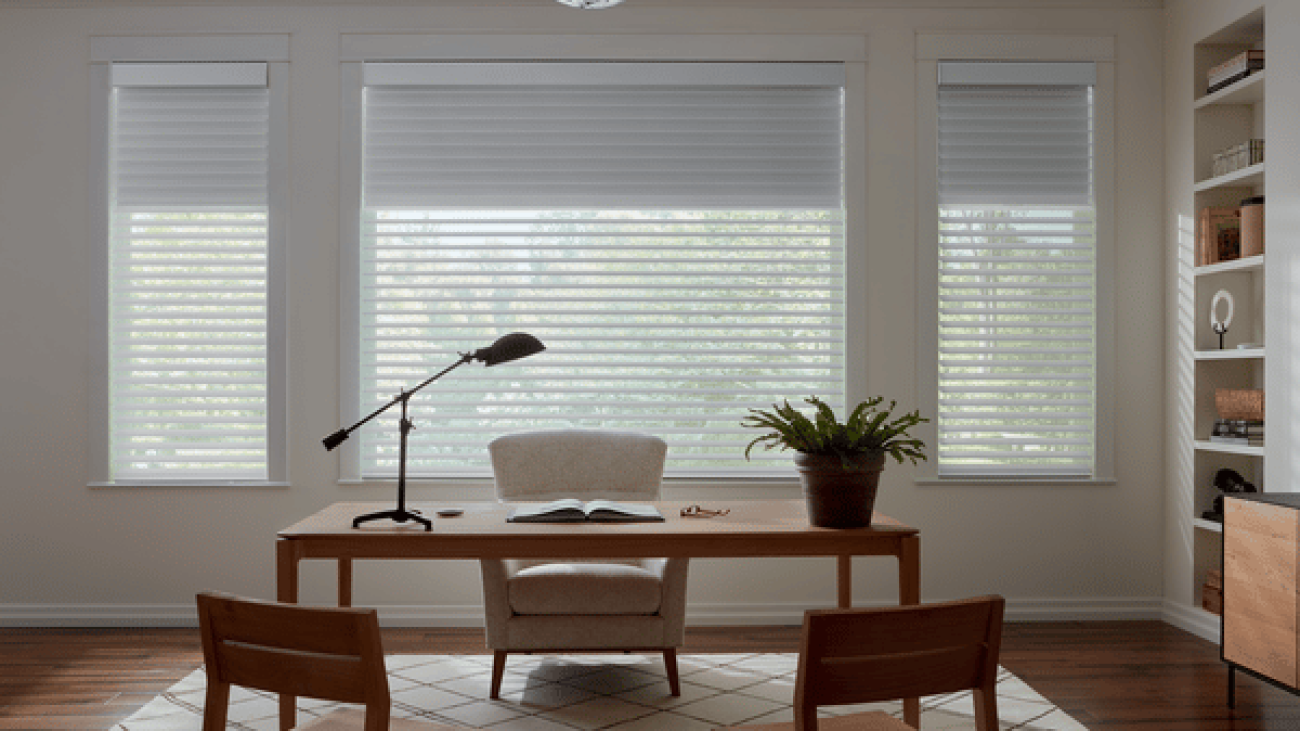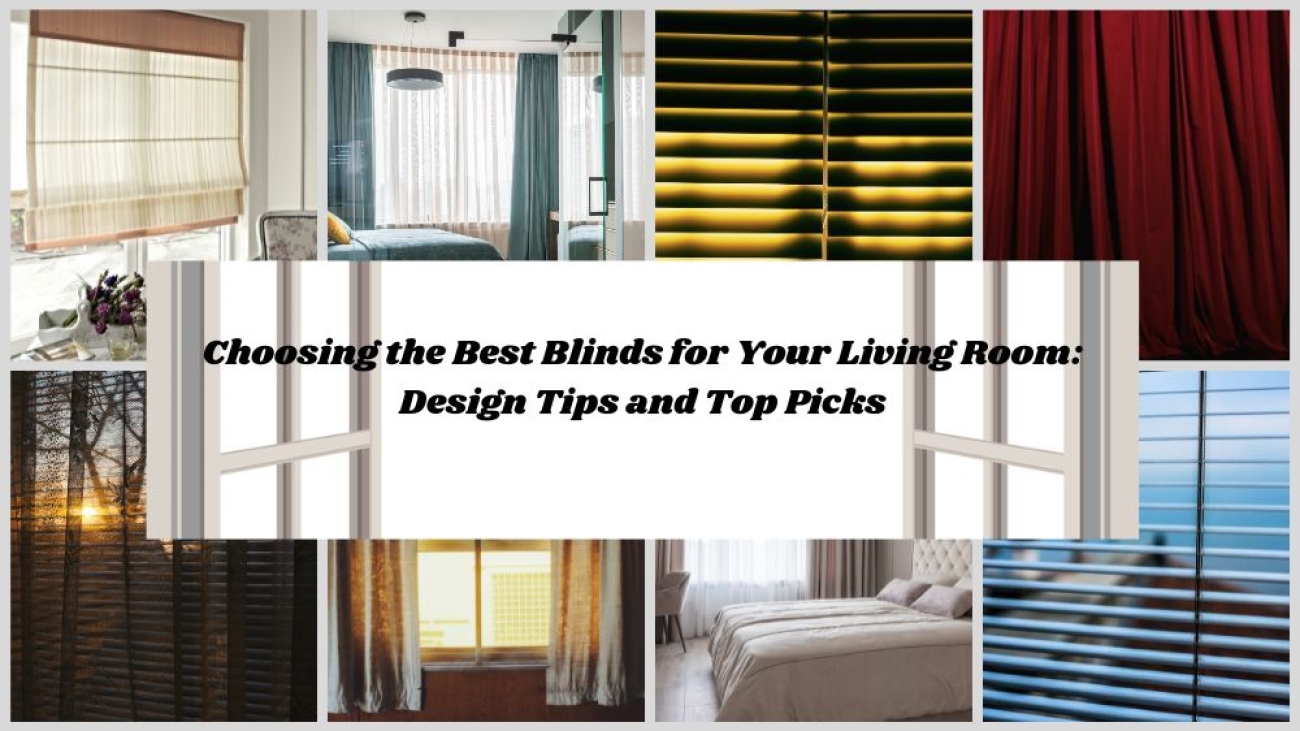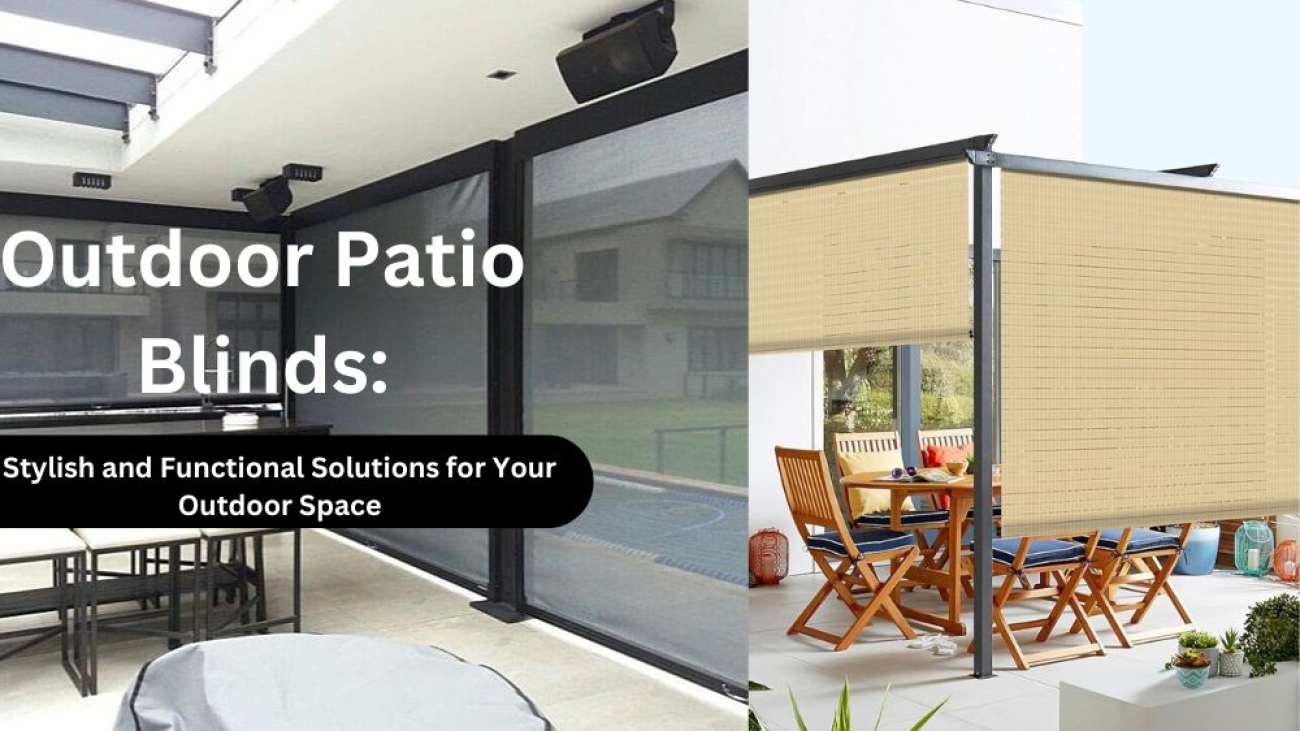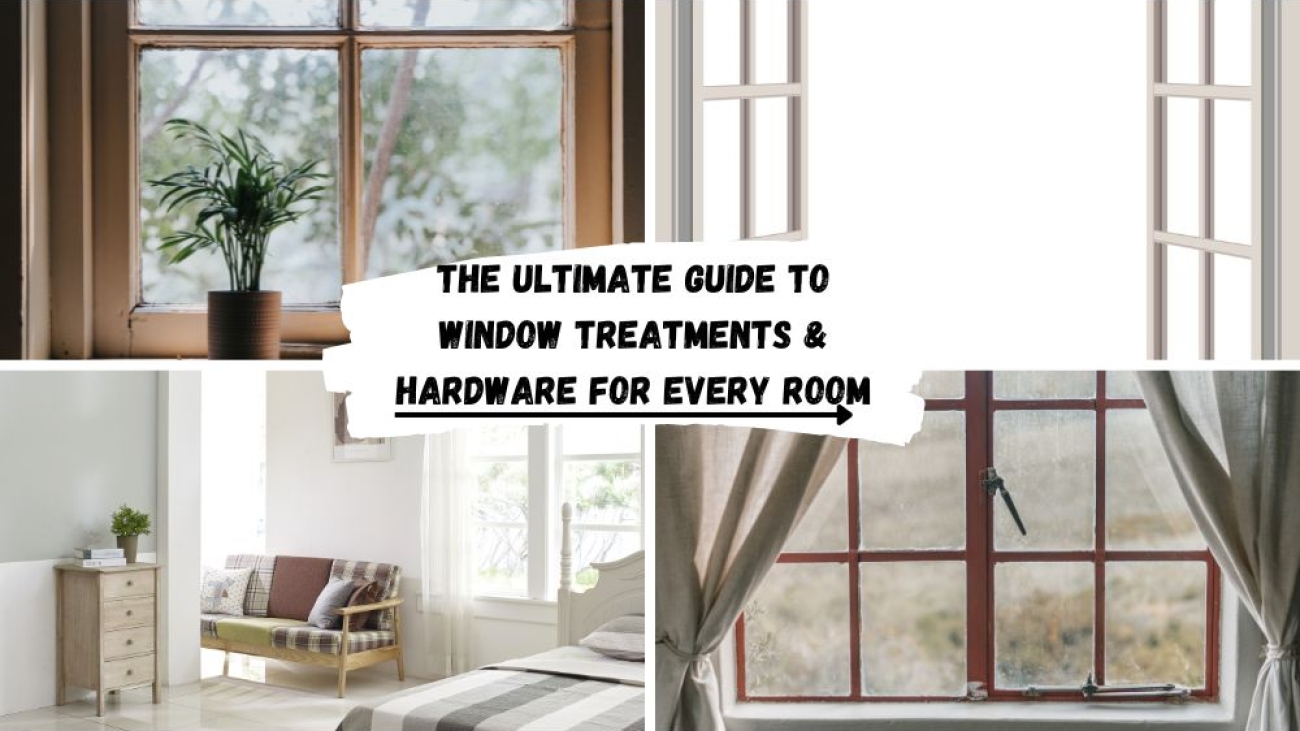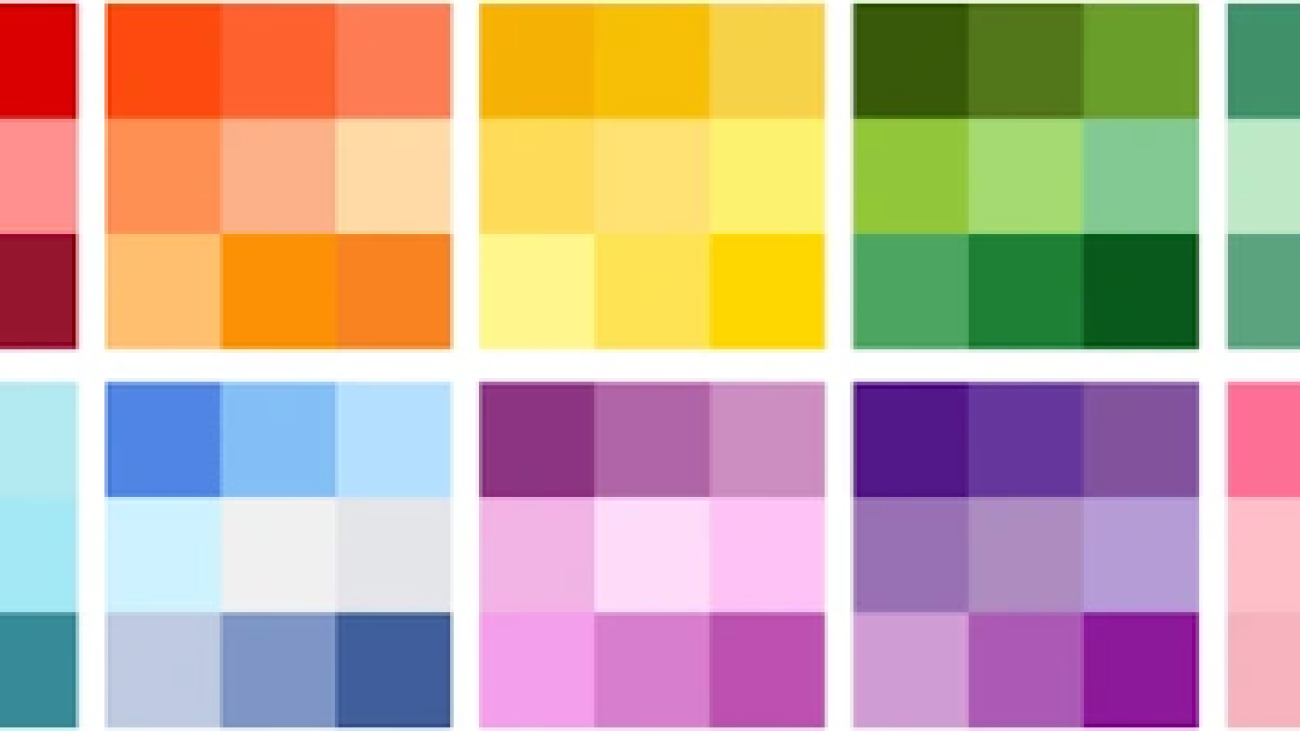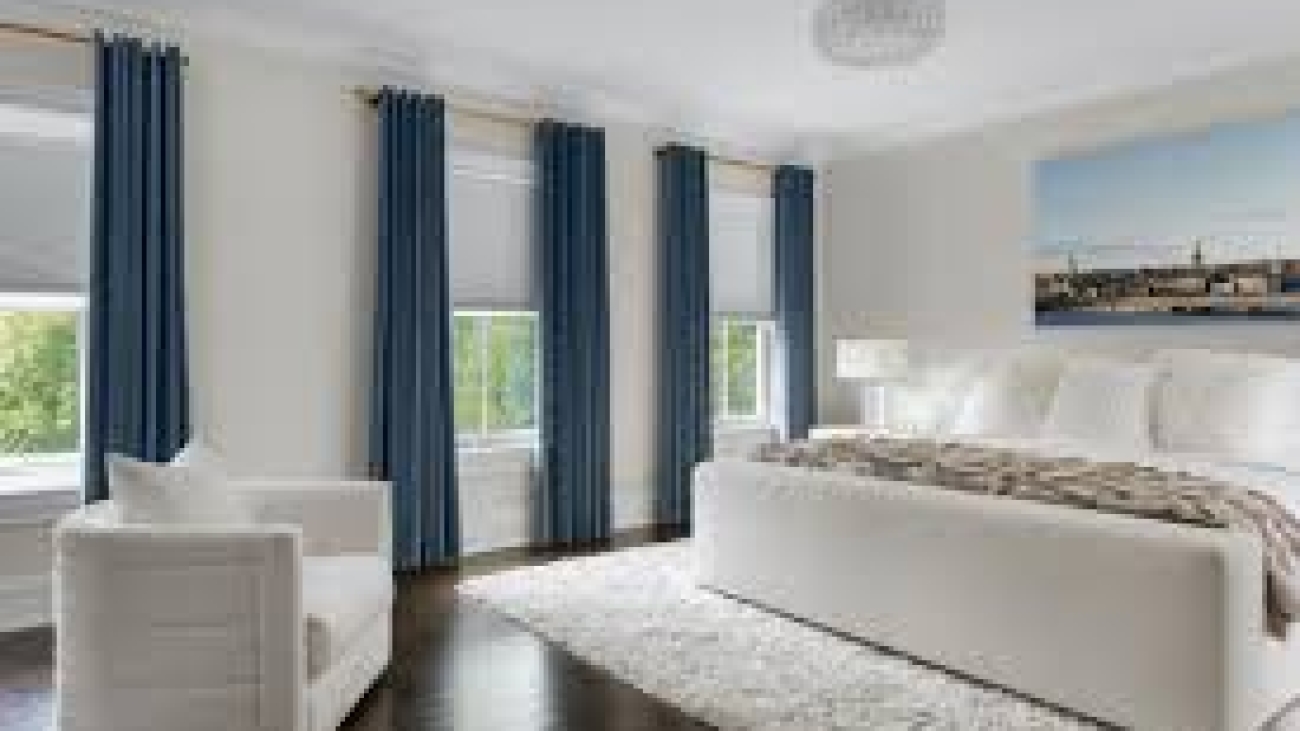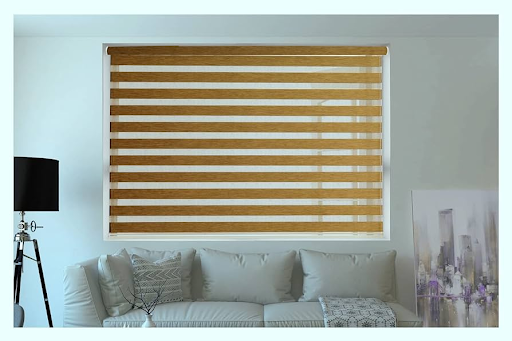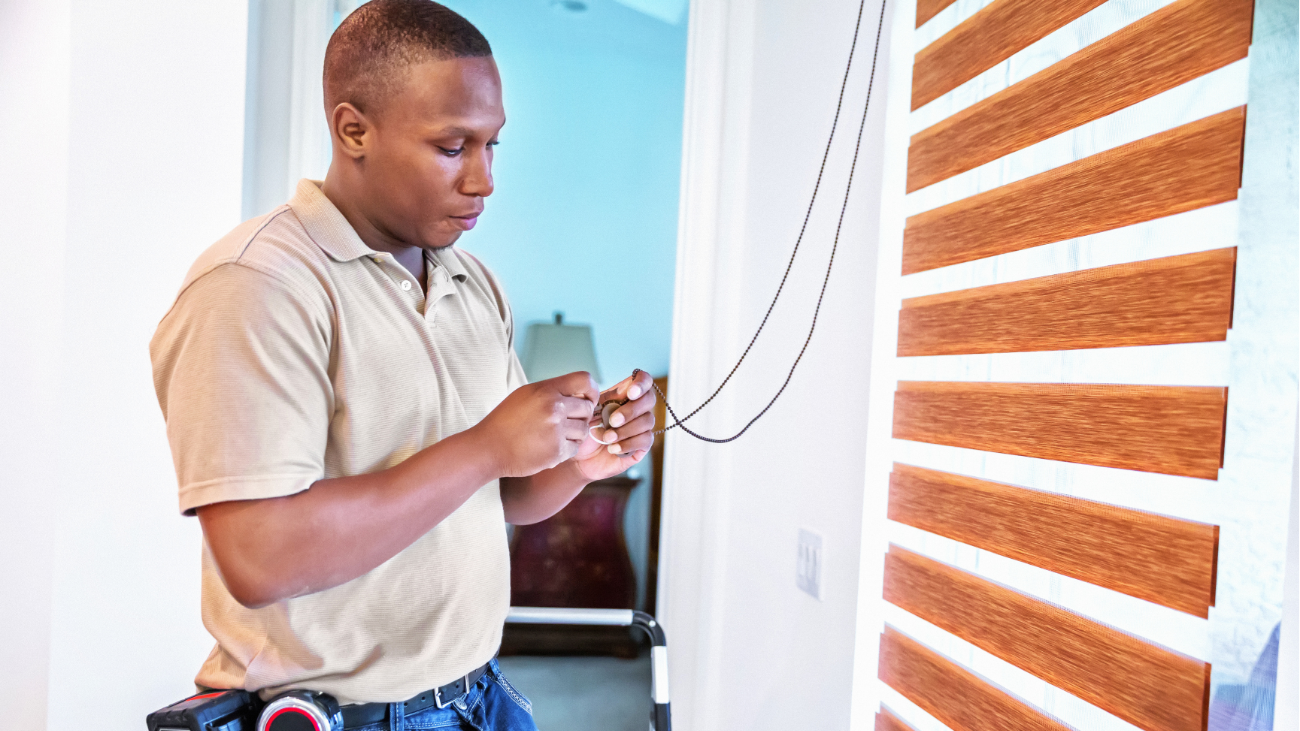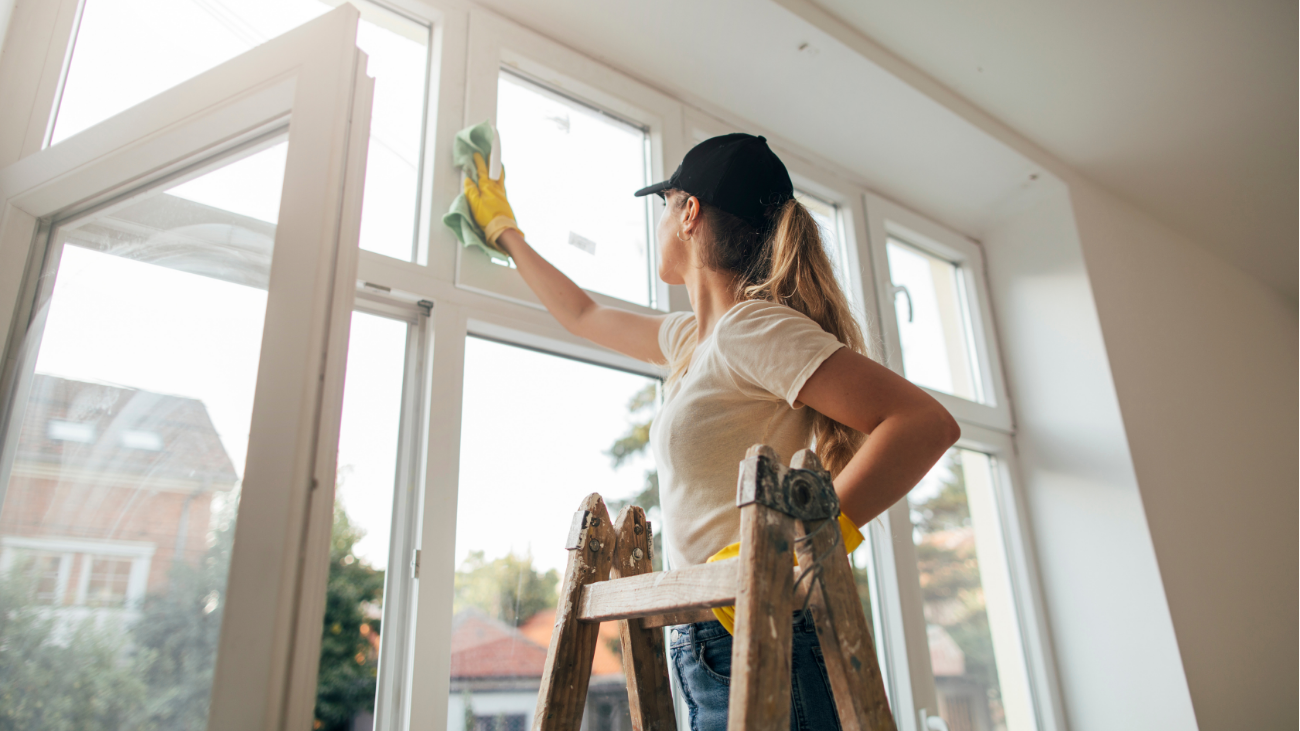When it comes to home décor, window treatments play a crucial role in creating a space that is both functional and aesthetically pleasing. Beyond providing privacy and light control, window treatments can significantly influence the ambiance of a room. One of the most impactful aspects of window treatments is color; the right color can set the tone, evoke emotions, and tie a room together. In this blog post, we will explore the benefits of using color in window treatments and how it can enhance your home décor.
Bold Color Statements In Window Treatments
Bold color choices in window treatments can transform a room, making it a focal point that captures attention. When you incorporate vibrant colors into your window treatments, you create a striking contrast with other elements in the room. This contrast can draw the eye and serve as a conversation starter, giving your space a unique character.Here is the psychological impact of colors!
- Colors evoke emotions and can affect our mood and perception. For instance, warm colors like red and orange are energizing and stimulating, making them ideal for spaces where you want to encourage activity and creativity. These colors work well in home offices, playrooms, or kitchens, where vibrant energy is desired.
- On the other hand, cool colors such as blues and greens have calming effects, making them perfect for bedrooms or relaxation areas. Using bold hues like deep navy or emerald green in window treatments can create a serene atmosphere, promoting tranquility and restfulness.
For example, a living room with bright yellow curtains can create a sunny and inviting environment, while a bedroom with rich burgundy drapes adds warmth and intimacy. By thoughtfully choosing bold colors, you can significantly impact the mood and functionality of your spaces.
- Completing the Look
Window treatments are an excellent way to complement existing décor elements in your home. The right color in your window treatments can tie together various aspects of your room, from furniture to artwork. When selecting colors for your window treatments, consider how they relate to other design elements in the space.
Creating a Cohesive Aesthetic Window Treatments
Colors can unify a room, helping to create a cohesive aesthetic. If your room features a specific color palette, using window treatments in a complementary shade can enhance the overall look. For example, if your room has earthy tones with beige and brown furniture, opting for terracotta or olive green window treatments can add depth while maintaining harmony.
To choose colors that complement your home’s style, consider these tips:
- Identify Your Color Palette: Start by determining the dominant colors in your space, including walls, furniture, and décor items.
- Use a Color Wheel: A color wheel can help you understand complementary colors and select shades that work well together.
- Consider Your Home’s Style: Traditional homes may benefit from rich, warm colors, while modern spaces might shine with bold, bright hues.
By selecting window treatments that enhance your existing decor, you can create a polished and cohesive look throughout your home.
-
Adding Texture and Interest
In addition to color, the texture of your window treatments can add depth and dimension to your décor. Textured fabrics, such as linen, velvet, or burlap, can create visual interest and enhance the overall ambiance of a room.
Benefits of Using Patterned Fabrics In Adding Texture
Patterned fabrics also play a significant role in adding texture to window treatments. Geometric patterns can give a modern edge to a room, while floral patterns bring a touch of elegance and romance. When selecting patterned fabrics, consider how they interact with other patterns in your space, such as rugs or cushions, to create a balanced look.
For example, if your room has solid-colored furniture, bold patterned window treatments can become a focal point, injecting personality and style into the space. Conversely, if your furniture is already patterned, opting for solid colors in your window treatments can help ground the room and provide visual relief.
Practical Considerations To Choose Colors For Your Window Treatments
When choosing colors for your window treatments, it’s essential to consider several practical factors. The size of the room, the amount of natural light it receives, and your personal preferences can all impact your color choices. Here Are The Consideration!
- In smaller rooms, lighter colors can make the space feel more open and airy. If you have a room with limited natural light, consider window treatments in soft pastels or bright whites to reflect light and create an illusion of space. Conversely, in larger rooms, darker colors can add warmth and intimacy, making the space feel cozier.
- Color can significantly affect the mood and atmosphere of a room. If you want to create a calming retreat, consider cooler tones. For vibrant and energetic spaces, warm or bold colors can provide the stimulation you desire. Think about how you want each room to feel and choose colors that align with that vision.
- If you’re hesitant to commit to bold colors, consider balancing them with neutral elements. For example, if you choose bright red window treatments, complement them with neutral-colored furniture and accessories to prevent the space from feeling overwhelming. This balance allows you to enjoy the vibrancy of bold colors without compromising comfort and elegance.
Conclusion – The Right Color Into Your Window Treatments Is Transformational
Incorporating color into your window treatments can significantly enhance your home décor, creating a beautiful and inviting environment. From bold color statements that evoke emotions to textured fabrics that add depth, the choices you make in window treatments can elevate your spaces in various ways. As you explore different colors and styles, don’t hesitate to experiment and find what resonates with you. At Blinds R Us, we specialize in providing a wide range of window treatment options tailored to your individual preferences and home décor needs. Whether you’re looking for vibrant colors, textured fabrics, or patterned designs, our expert team is here to help you find the perfect solution to upgrade your space. Contact us today to discover how we can transform your home with stunning window treatments!

